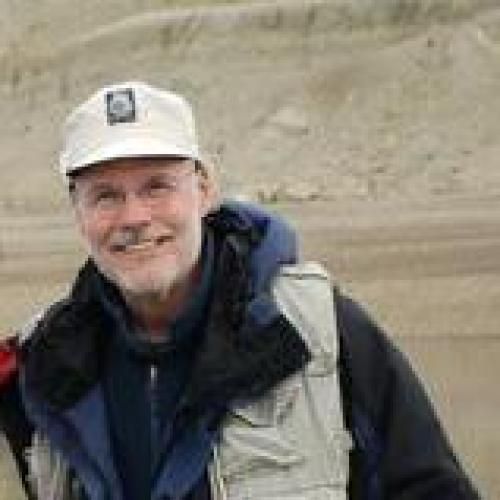Overview
I have two areas of research:1) the evolution of primates in South America; and 2) the use of primate anatomy to reconstruct the phylogenetic history and adapations of living and extinct primates, especially Anthropoidea.
1) Evolution of primates and mammalian faunal evolution, especially in South America. For the past 30 years, I have been engaged in research in Argentina, Bolivia The Dominican Republic, Peru, and Colombia with three objectives:a) to reconstruct the evolutionary history and adaptive patterns of South America primates and other mammals; b) to establish a more precise geologic chronology for the mammalian faunas between the late Eocene and middle Miocene (between about 36 and about 15 million years ago); and c) to use anatomy and niche structure of modern mammals as a means to reconstruct the evolution of mammalian niche structure in the Neotropics.
2) Primate Anatomy. I am working to reconstruct the phylogeny of primates based (principally) on anatomical evidence; and to infer the adaptations of extinct primates based mainly on cranial and dental evidence.
Field activities
Current fieldwork is focused on the study of terrestrial biotic change in Patagonia through the 'mid-Miocene Climate Optimum' when global climate was moderate and the subtropical zone, with primates and other typically tropical vertebrates, extended their ranges up to 55 degrees of South latitude.
In this collaborative research undertaking with colleagues at University of Washington and Boise State University, the geochronology of the Santa Cruz Formation at in extreme southern Argentina is being refined using radiometric dating. Stratigraphically-controlled collections have been made of vertebrates and plant macro- and microfossils. Climate change and its impact on the biota is assessed 1) using biogeochemical analysis of stable isotopes in fossil mammalian tooth enamel; 2) by documenting changes in mammalian community structure (richness, origination and extinction rates, and ecological morphology); and 3) by documenting changes in vegetation and floral composition through the study of phytoliths. These three independent lines of evidence in a refined geochronologic framework will then be compared with similar evidence from continental sequences in the Northern Hemisphere and oceanic climatic records to improve our understanding of the timing and character of climatic change in continental high latitudes during this temporal interval.
A second field project project in its early stages is the study of the fossil vertebrates of the Amazon Basin. The latter is a collaborative effort of biologists and geologists across schools at Duke (Nicholas School) and among six North American universities. My role is to direct the vertebrate paleontology component of this project in Brazil and Amazonian Peru. The hope is to recover primates from the Oligocene through Early Miocene. New material will shed light on the phylogenetic status of African Paleogene anthropoids, one of which may be the platyrrhine sister-taxon. Also, new remains of fossil primates will help to refine hypotheses about the origins of the modern families and subfamilies of platyrrhines, all of which trace back to an Early Miocene (17-21 Ma) common ancestor. Finally, new fossil primates may further constrain the time of entry of platyrrhines into South America.

